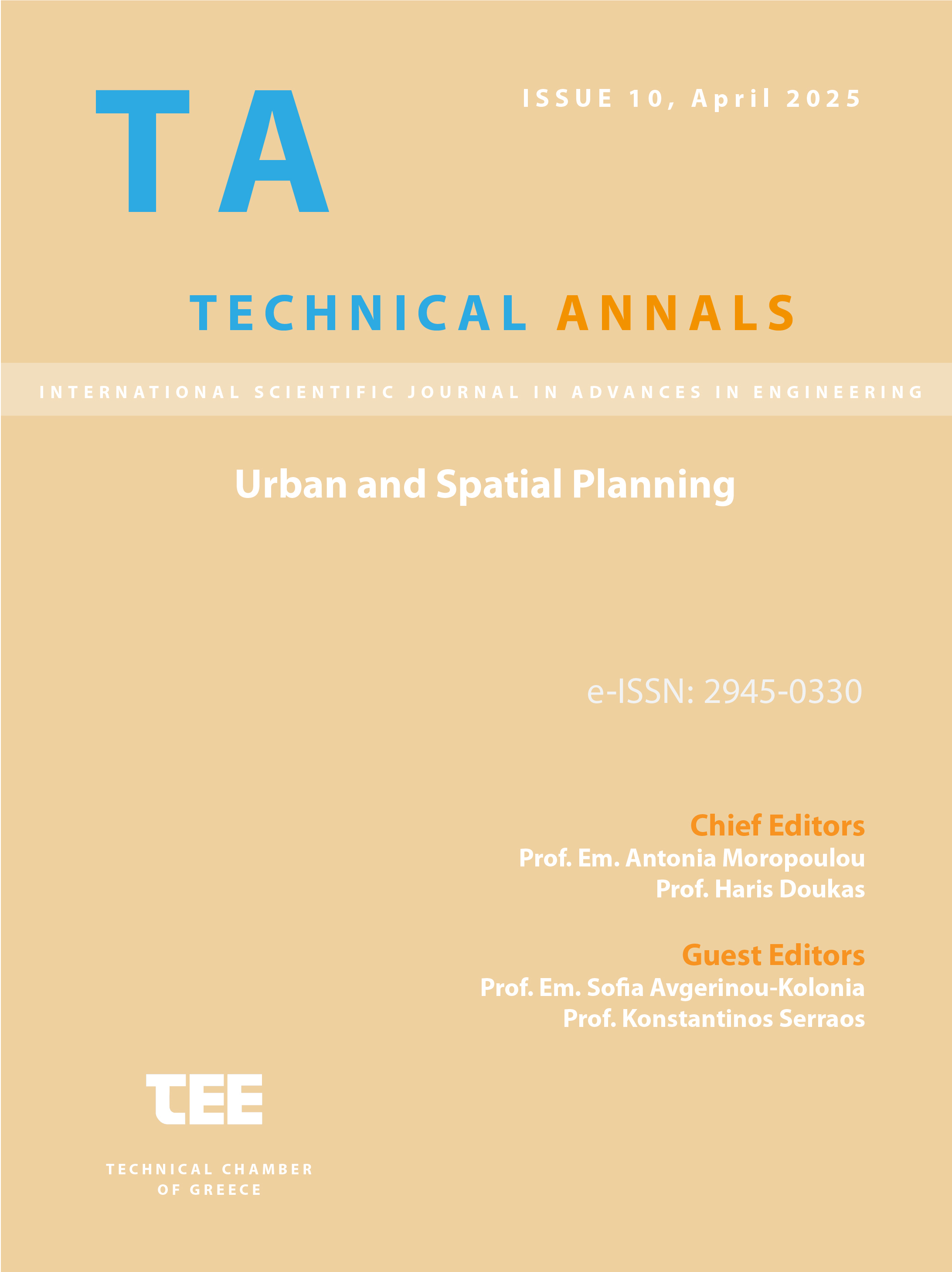Perceptions of Residents, Entrepreneurs and Visitors on Issues of Historicity of the City Centre. The case of Historic Commercial Triangle (Emporiko Trigono) of Athens.

Abstract
Historicity of a city district is mainly a network of relationships between the district and its people. The human factor, in the process of protecting the historical heritage of the city district, concerns ‘people of the city’, politicians and technocrats, also residents, entrepreneurs, and visitors, whose actions, views, beliefs, perceptions influence its planning and implementation.
In order to survey the perceptions on historicity of the Commercial Triangle (Emporiko Trigono) of Athens, a questionnaire was addressed a random sample of residents, entrepreneurs and visitors of the district. Through the study of the results findings are presented, some of which confirm and others do not support, the research hypotheses:
1. The district has a historic physiognomy that favors certain kinds of business activity.
2. One of the most characteristic elements of this physiognomy is its historic buildings.
3. The overall evolution of this historic physiognomy over time is generally considered negative.
4. The problem of degradation of the center of Athens through vacant and abandoned properties highlights the priority of re-use of historic buildings.
5. The protection institutional framework of the Commercial Triangle (Emporiko Trigono) of Athens is considered satisfactory, but needs to be implemented.
6. One of the main reasons for preserving historic districts of cities is that they have unique architecture.
Article Details
- How to Cite
-
Samaras, N. (2025). Perceptions of Residents, Entrepreneurs and Visitors on Issues of Historicity of the City Centre. The case of Historic Commercial Triangle (Emporiko Trigono) of Athens. Technical Annals, 1(10). https://doi.org/10.12681/ta.40935
- Section
- Spatial Planning

This work is licensed under a Creative Commons Attribution-NonCommercial-ShareAlike 4.0 International License.


